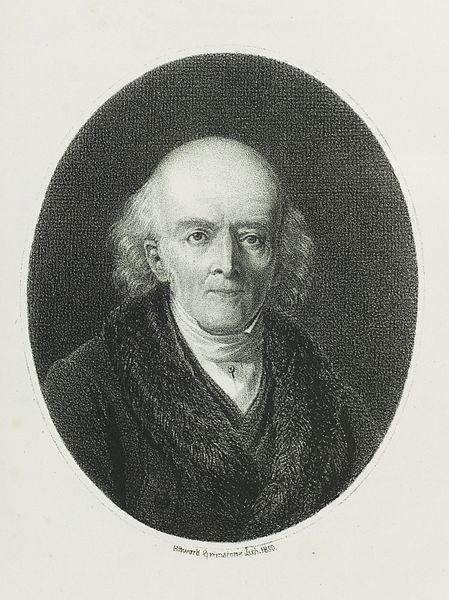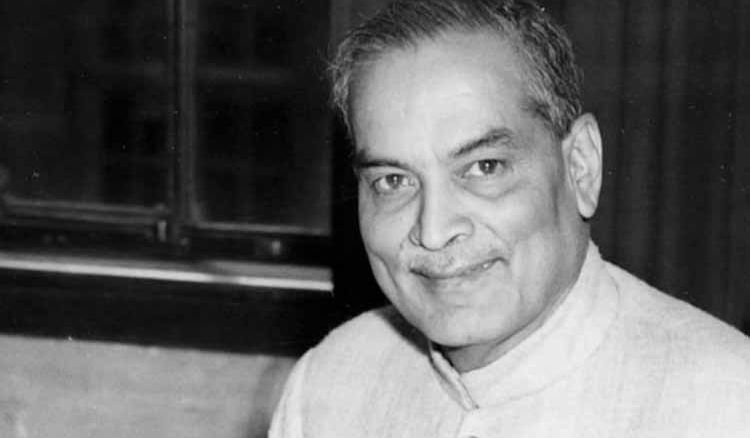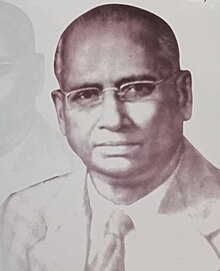Samuel Hahnemann is a German physician and chemist known for creating homeopathy, an alternative treatment method based on the doctrine of “like heals like.” The development he introduced into the medical profession caused a real stir, and it still influences medical practices globally.
Birth and Early Life
Samuel Christian Friedrich Hahnemann, the last of eleven children, was born in Meissen (Saxony) on April 10, 1755. His father, a court painter, made him interested in both the arts and sciences. When he was growing up, his father made sure Hahnemann studied classics, which included Latin, Greek, and philosophy.
Medical Education and Early Career
Being driven by the urge to lower the suffering of humankind, this was a field Hahnemann decided to take as his profession. His medical studies began at the University of Leipzig and later at Vienna University. He established a private practice in Dresden, Germany after graduating.
Disenchantment with Regular Medicine
Despite having been trained in medicine, Hahnemann had increasingly become disenchanted by many prevailing medical practices during his time. He considered the remedies often ineffective and sometimes even harmful which made him reject those theories with which he had been brought up in favor of an alternative.
The Discovery of Homeopathy
In 179 while translating a work about cinchona bark (source of quinine), Hahnemann noticed that a medication was causing symptoms resembling those of malaria for which it was being treated at that time. This marked the beginning of “like cures like”—the foundation principle in homeopathy.
The Proving of Remedies
In order to prove his hypothesis, Hahnemann started to experiment with different substances on himself and other healthy volunteers He made a record of every symptom that appeared known as “proving.” This way he was able to determine the characteristics of each remedy based on various reactions they had on human body organs or systems during illness or diseases.
The Publication of the Organon of Medicine
It was in 181 when Hahnemann released his most important work “The Organon of Medicine.”This piece of writing explained everything about homeopathy such as the use of a special force named vital “potentized” remedies and individualized treatment are some examples in addition to other concepts found in this book Today majority of practitioners still refer to it as they can uphold its principles during practice.
The Spread of Homeopathy
Later on, several homeopathic schools and hospitals were constructed throughout Europe among other places thanks to the increased acceptability of this new science which catered for many other beyond-mainstream diseases better during the same century when it became very popular compared to any other time within medical history even though no similar methods had existed before then.
Subsequent Life and Death
Towards the end of his life span, he continued fine-tuning his theory while at the same time attending to patients in his clinics which meant studying more angles concerning the healing process even after releasing some other works like “Chronic Diseases” or “The Lesser Writings”. Hahnemann passed away on July 2nd, 1843 aged 88 leaving a very important heritage in medicine until today.
Conclusion
Samuel Hahnemann was the creator of homeopathy and his impact on medicine cannot be overstated. Such suggestions as cures and individualized therapy have inspired many healing practitioners over centuries. Although contested, the enduring popularity of homeopathy with numerous patients raises important questions about its efficacy. Hahnemann’s status as the founding father of homeopathy will forever be celebrated.




